
Tips for Protecting You Against Skin Cancer
May is Skin Cancer Awareness Month
As spring gets into full swing and we all look forward to spending time outdoors, being smart about sunscreen is one of the best ways you can prevent skin cancer. To get all the protection sunscreen offers, here are a few tips to help your skin stay healthy:
- Use a broad spectrum, 30 SPF sunscreen every day of the year–even when you are nowhere near the water.
- Apply the sunscreen 15-30 minutes before you go outside so it gets absorbed and fully protects you. The sun’s rays damage your skin in as little as 15 minutes.
- Don’t use old sunscreen. Many sunscreens don’t have an expiration date but the protection will be its strongest for about three years. Tip: Write the purchase date on the bottle.
- Most people don’t use enough sunscreen. Use 1 ounce (picture a shot glass of sunscreen) to fully cover an adult body. Ears, eyelids, lips, scalps, feet and necks are the most forgotten areas that suffer sun damage.
- Sunscreen application is not a “one and done” process. Reapply the sunscreen every two hours, especially if you have been swimming or sweating.
The Centers for Disease Control also recommend that you stay in the shade, wear clothing that covers your arms and legs, a hat with a wide brim to shade your face, head, ears, and neck and sunglasses that wrap around as well as block both UVA and UVB rays.
Enjoy your summer!

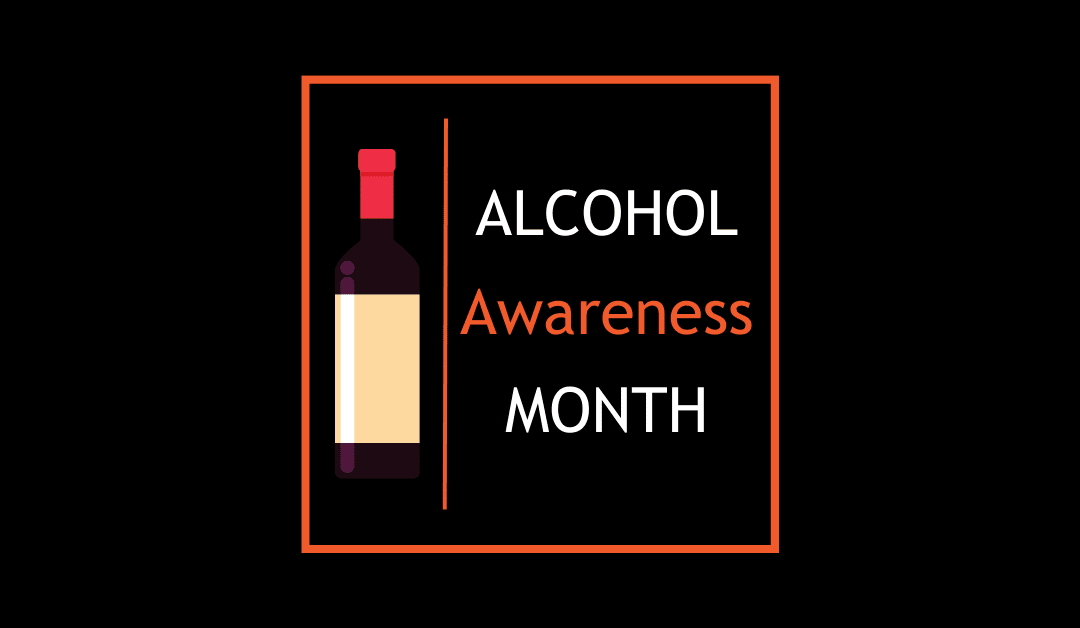
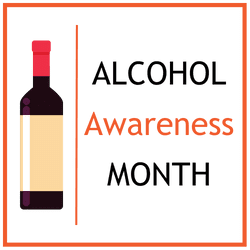
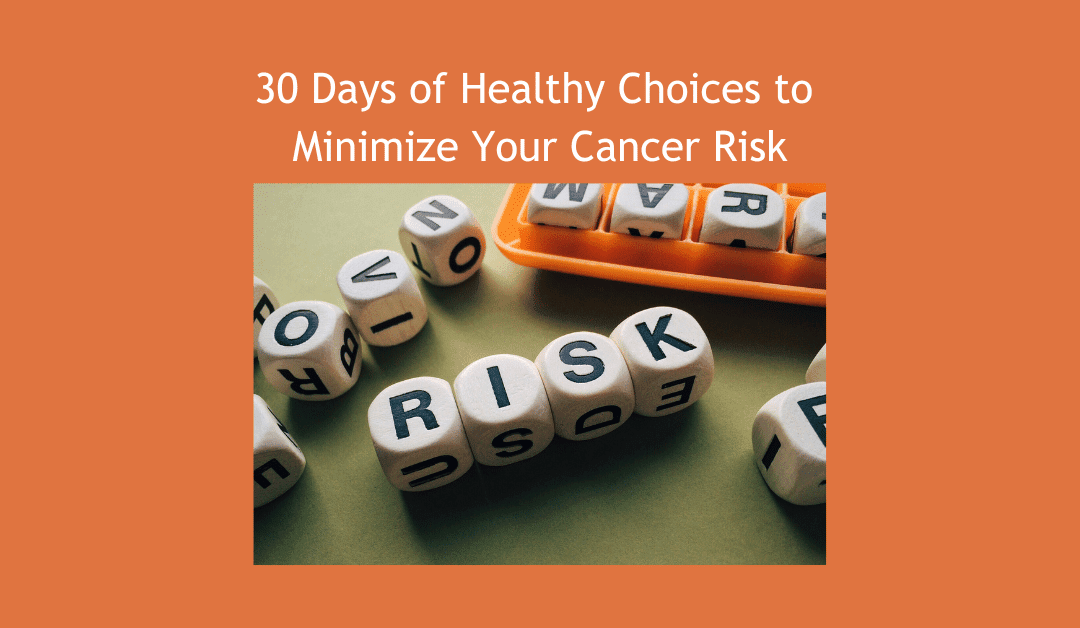
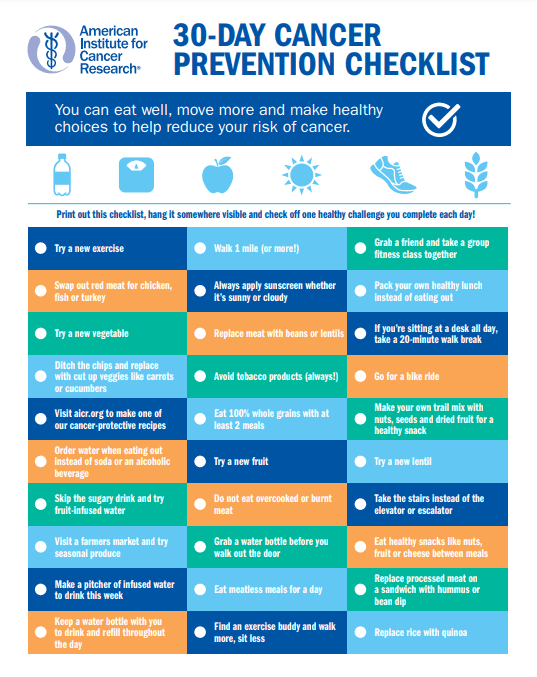
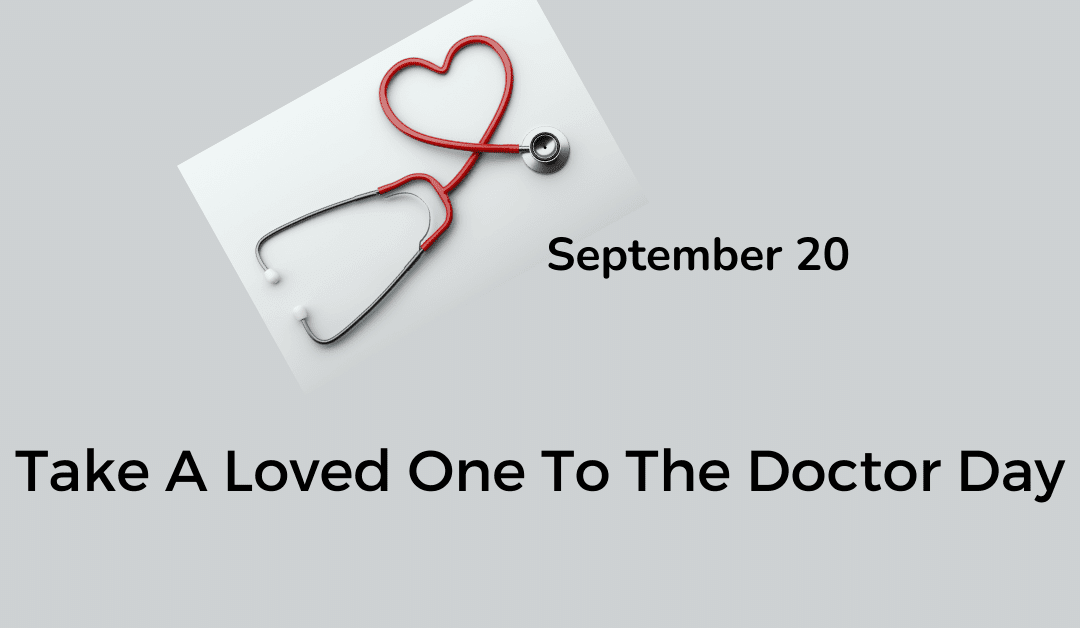
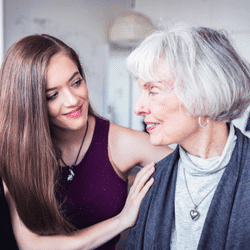

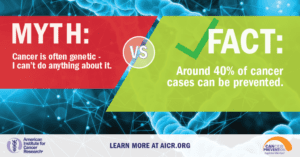


Recent Comments